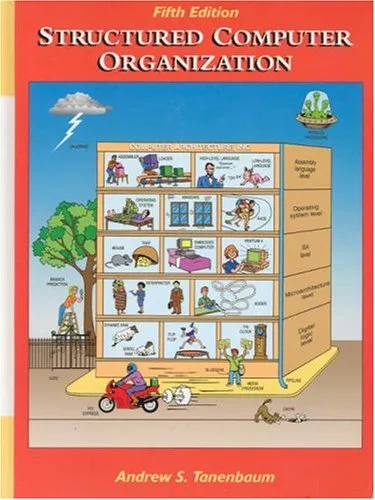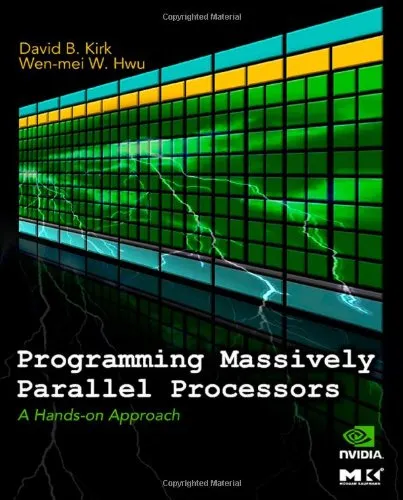Structured Computer Organization
4.5
Reviews from our users

You Can Ask your questions from this book's AI after Login
Each download or ask from book AI costs 2 points. To earn more free points, please visit the Points Guide Page and complete some valuable actions.Related Refrences:
Persian Summary
Introduction to Structured Computer Organization
Welcome to the foundational world of computer architecture through the lens of "Structured Computer Organization" by Andrew S. Tanenbaum, a pivotal resource that delves deep into the layered intricacies of computing systems.
Detailed Summary of the Book
The book 'Structured Computer Organization' is a comprehensive guide to understanding the architecture and organization of modern computer systems. Tanenbaum employs a structured approach, breaking down complex systems into manageable layers. The text is organized into five main levels: digital logic, microarchitecture, instruction set architecture, operating system machine level, and assembly language level. Each layer provides a unique perspective and highlights how different hardware and software components collaborate to execute programs efficiently.
This book starts with the basics of digital logic, offering readers insight into the fundamental components that make up computers: gates, circuits, and their methodologies. As the chapters progress, Tanenbaum guides the reader through complex topics such as CPU design, pipelining, memory hierarchy, and input/output systems. By the end of the book, readers gain a holistic view of how high-level programming is transformed into processor-level instructions, making it an indispensable resource for students and professionals alike.
Key Takeaways
- Understanding the layered architecture of computer systems.
- Insight into the design and function of microprocessors.
- The role of operating systems in managing hardware resources.
- Fundamentals of machine and assembly languages.
- Key techniques for optimizing system performance and efficiency.
Famous Quotes from the Book
"A computer is a complex system consisting of many components, including processors, memory, interfaces, and buses."
"The design of a computer is not a straightforward task; it's an art that balances performance, cost, and power."
Why This Book Matters
'Structured Computer Organization' is more than just an educational resource; it is a cornerstone for anyone aspiring to grasp the essence of computer organization and design. Tanenbaum's approach not only clarifies the complexities involved in computer architecture but also empowers readers with the knowledge to innovate and optimize computing systems. This book's logical structure and clear explanations make it an essential read for students, educators, and technology enthusiasts aiming to deepen their understanding of how computers operate and interact with software and hardware.
As computer systems become increasingly sophisticated, having a profound understanding of their architecture helps drive innovation, from developing efficient algorithms to designing new hardware systems. In an ever-evolving technological landscape, 'Structured Computer Organization' provides a solid foundation for tackling advanced topics in computer science and engineering.
Free Direct Download
You Can Download this book after Login
Accessing books through legal platforms and public libraries not only supports the rights of authors and publishers but also contributes to the sustainability of reading culture. Before downloading, please take a moment to consider these options.
Find this book on other platforms:
WorldCat helps you find books in libraries worldwide.
See ratings, reviews, and discussions on Goodreads.
Find and buy rare or used books on AbeBooks.
2355
بازدید4.5
امتیاز0
نظر98%
رضایتReviews:
4.5
Based on 0 users review
Questions & Answers
Ask questions about this book or help others by answering
No questions yet. Be the first to ask!
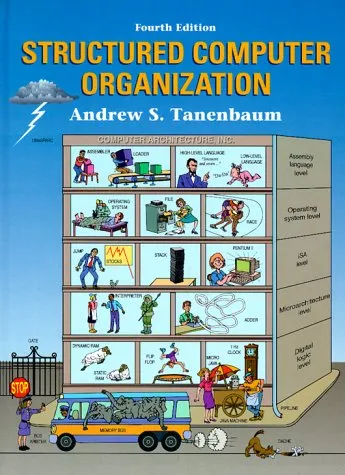
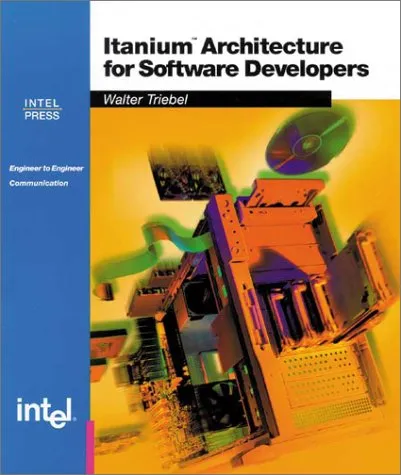
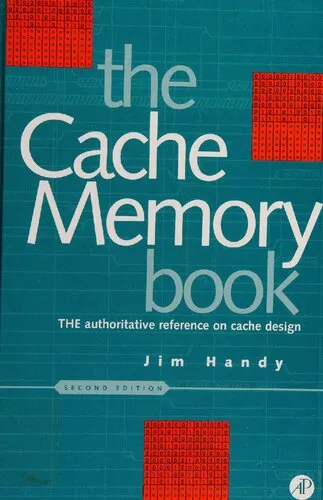

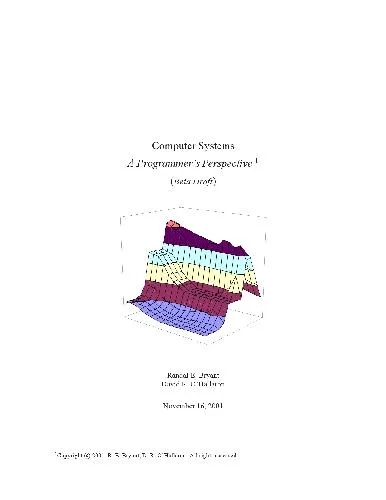
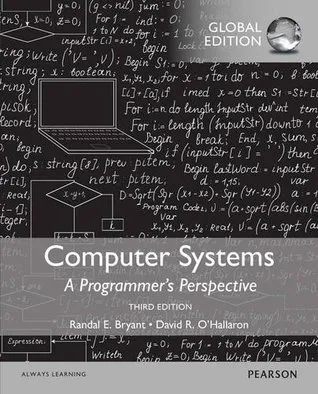
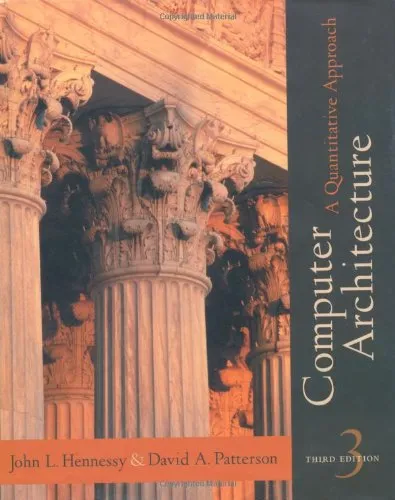
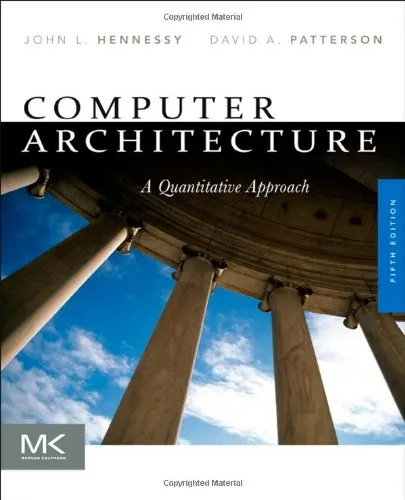
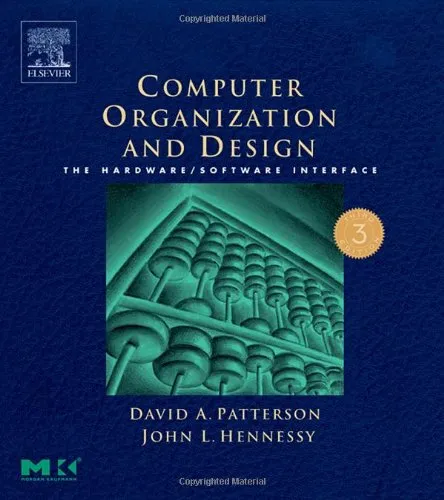
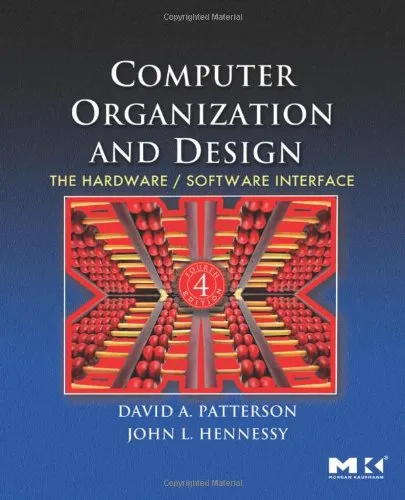
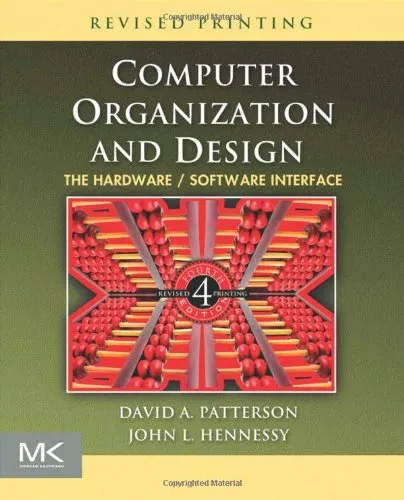
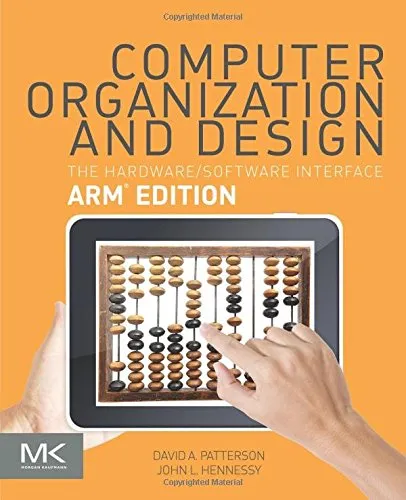
![Computer Organization and Design: The Hardware Software Interface [RISC-V Edition]](https://s3.refhub.ir/images/thumb/Computer_Organization_and_Design__The_Hardwar_6135.webp)
